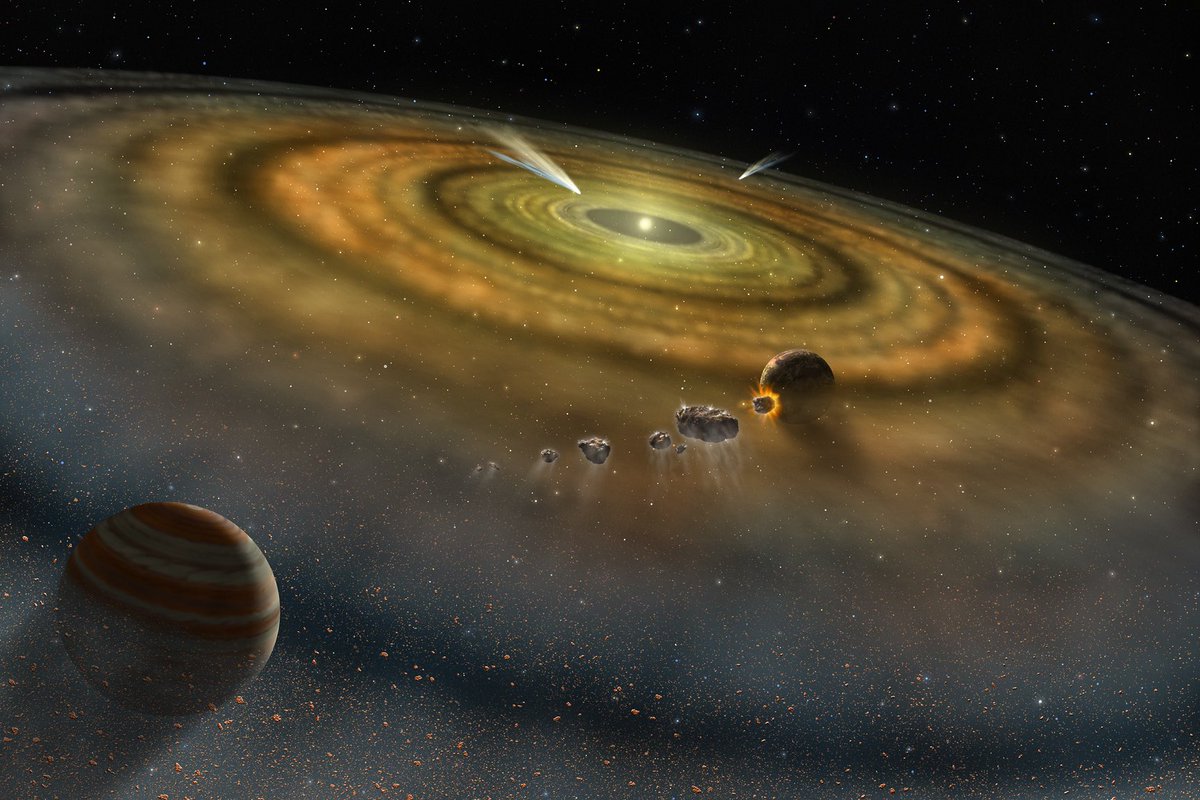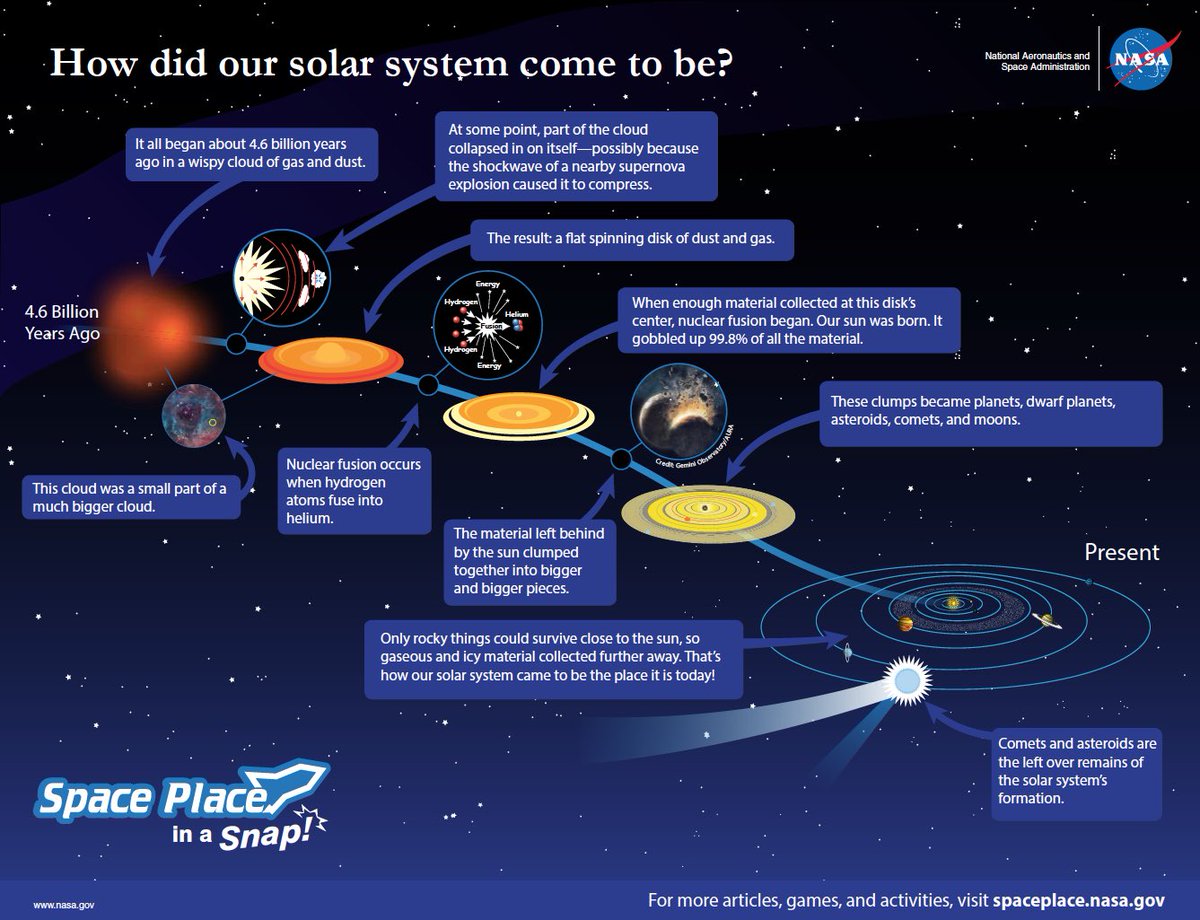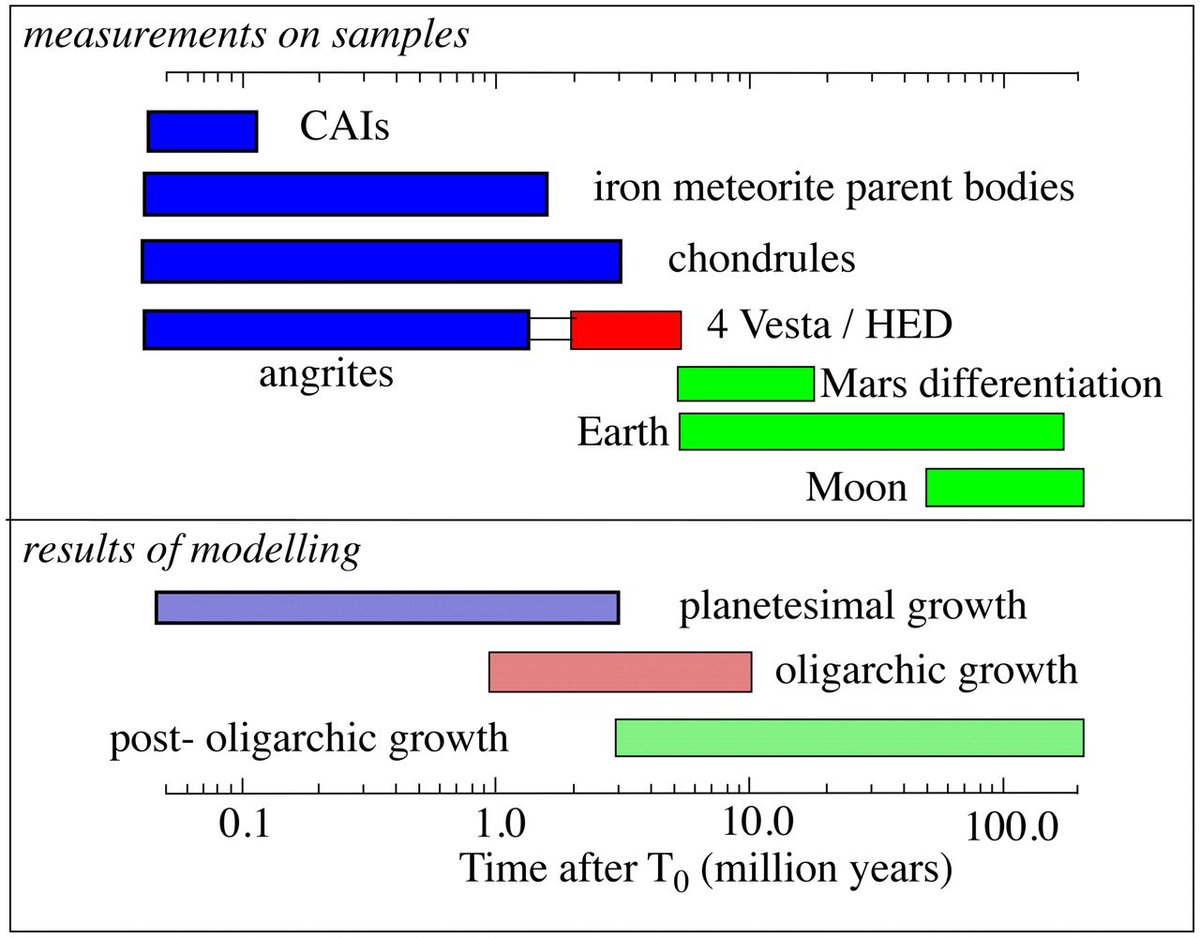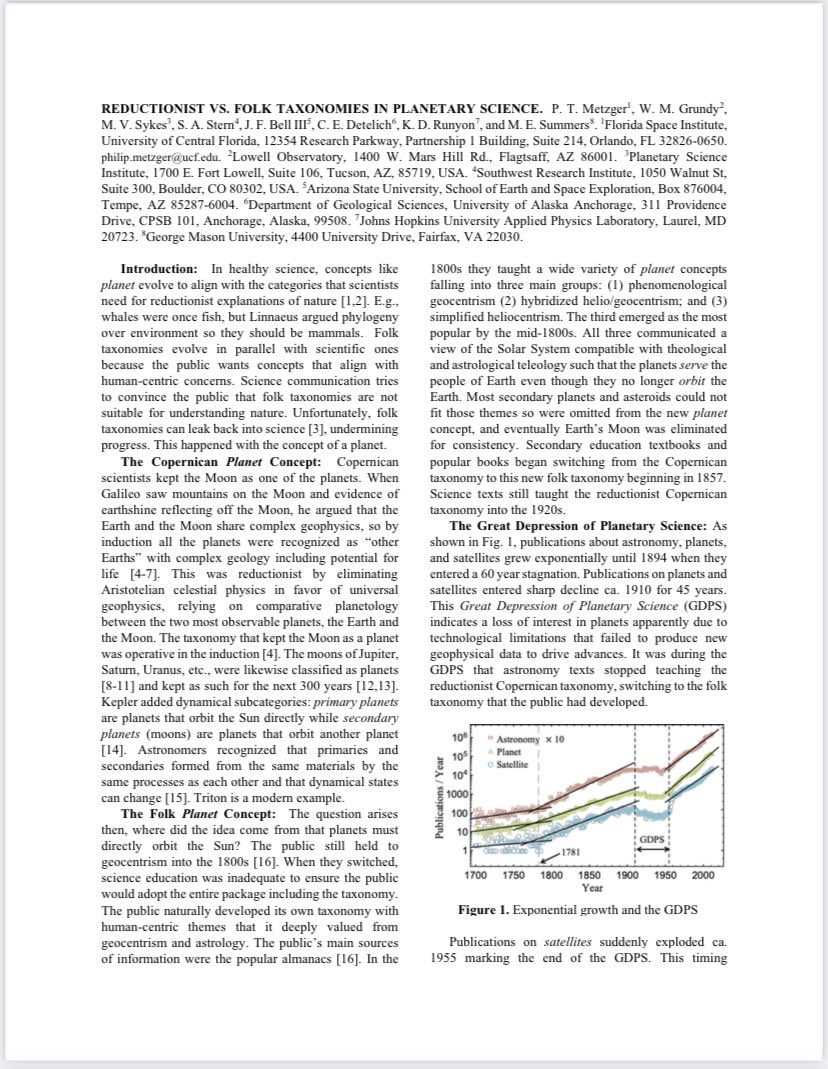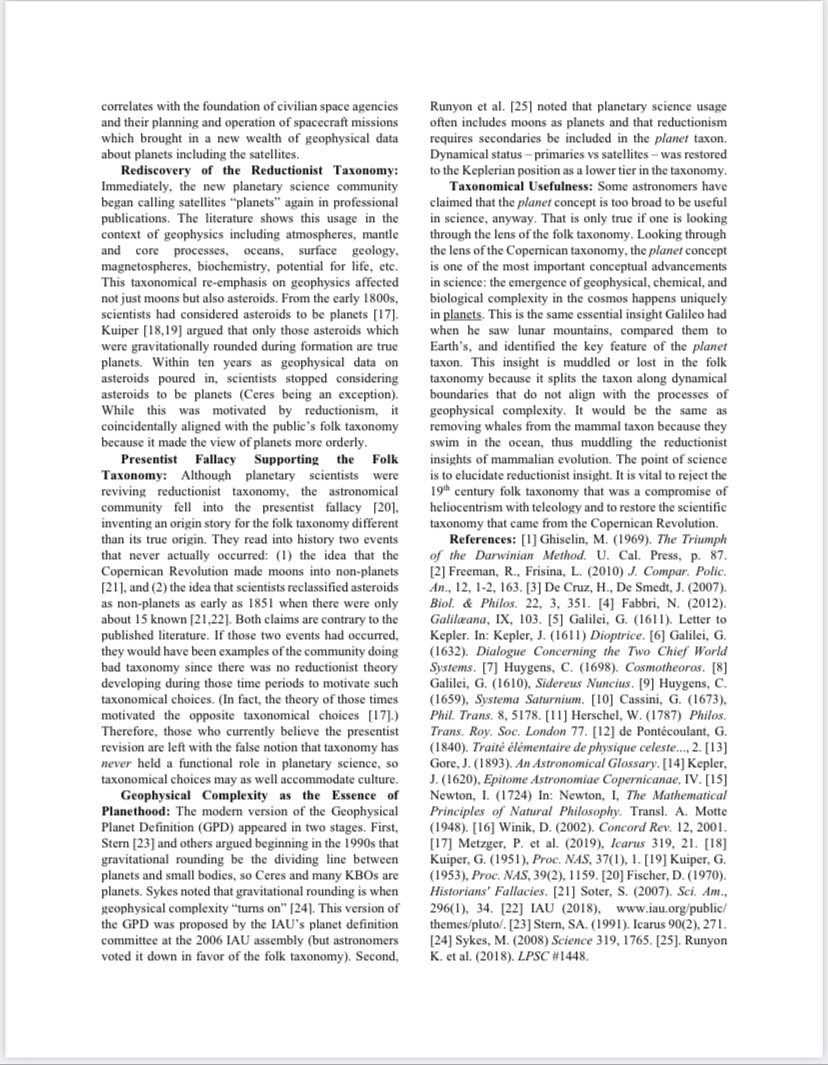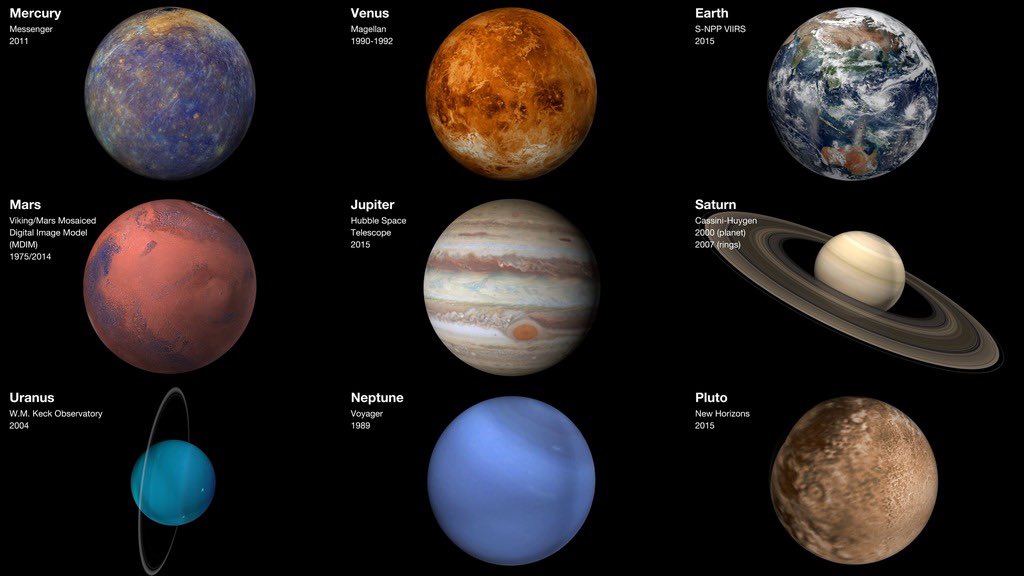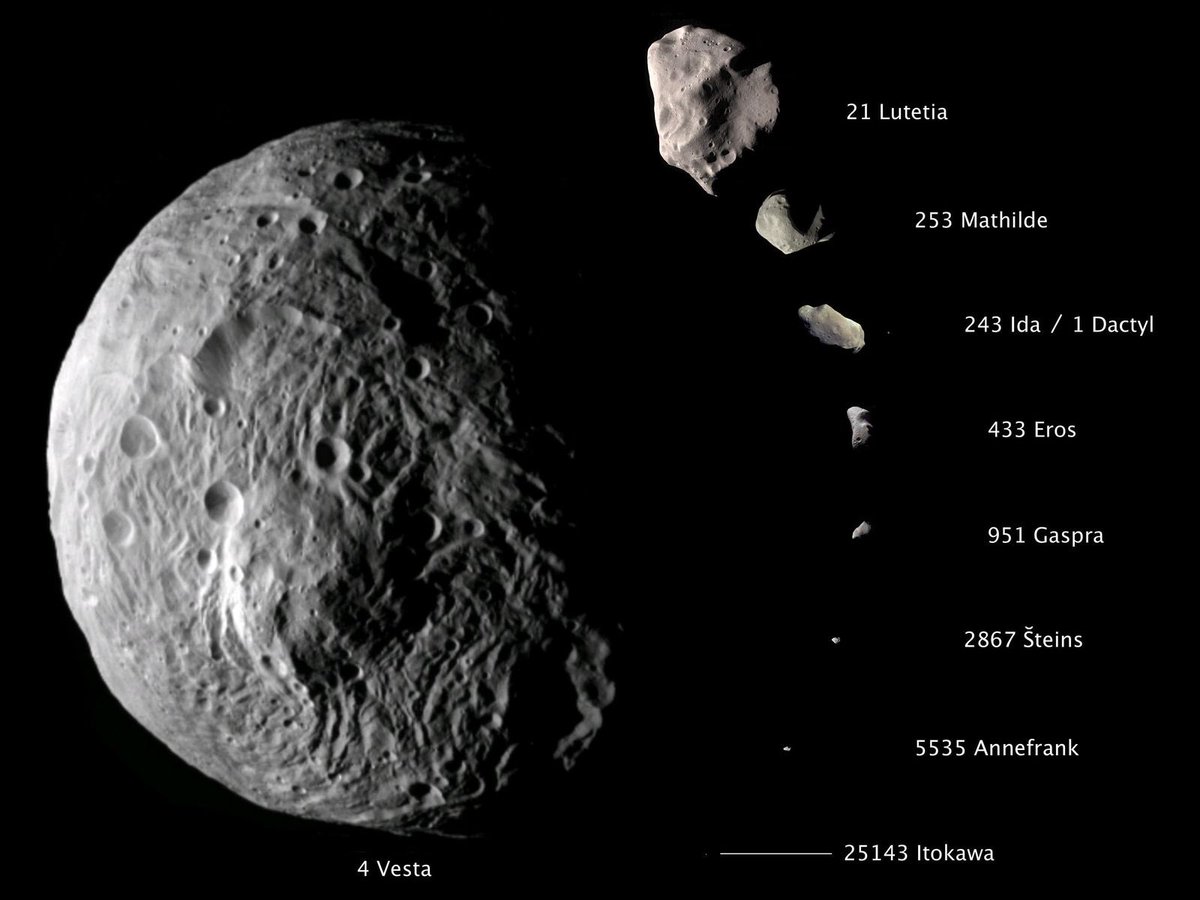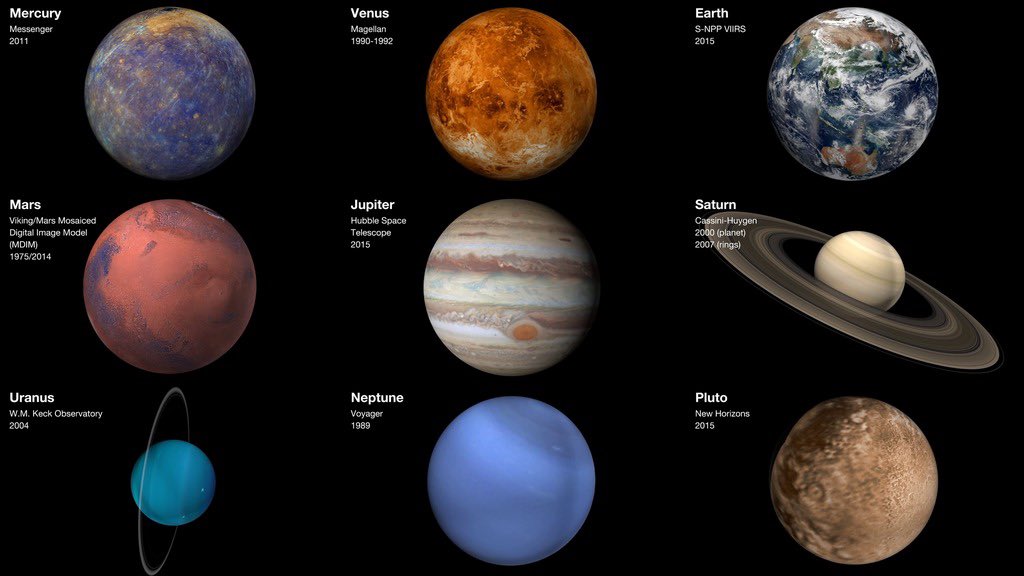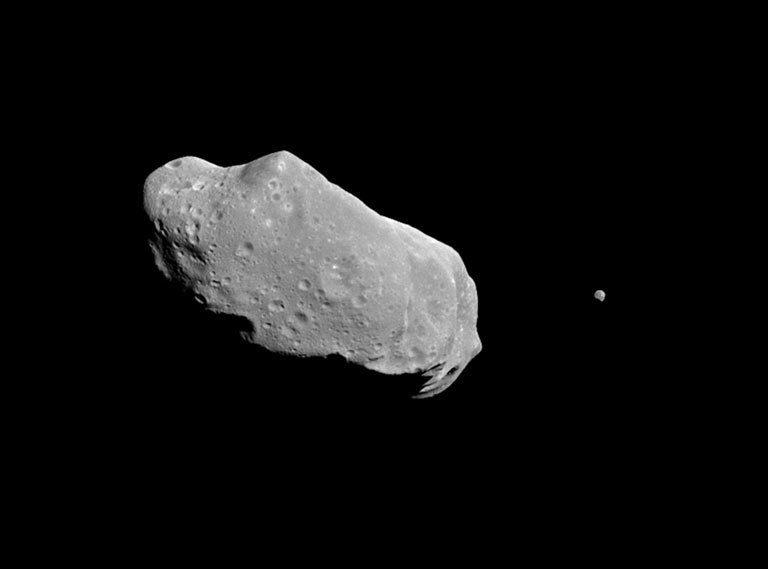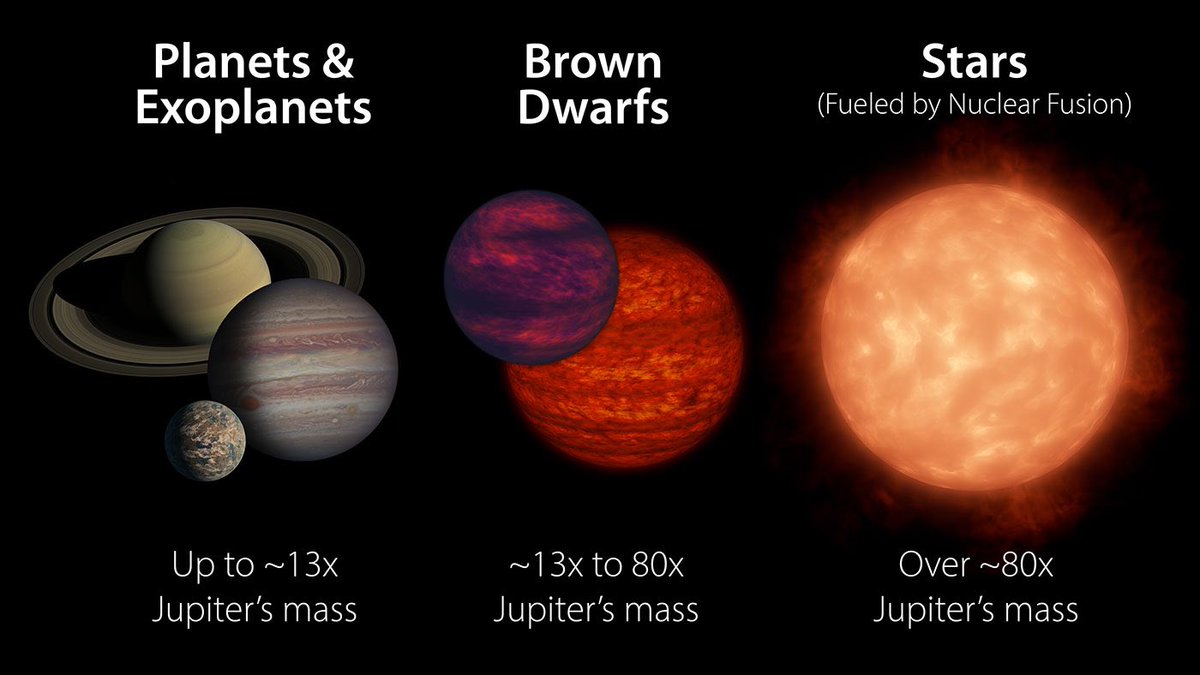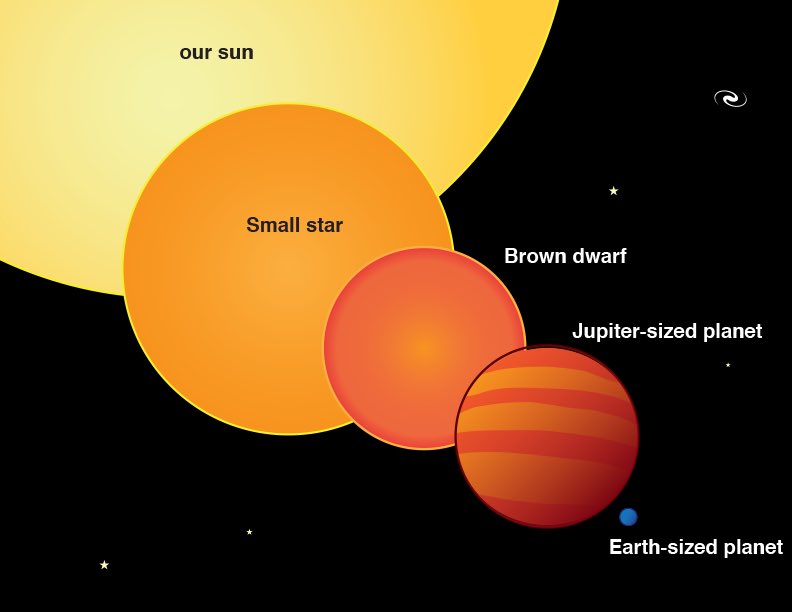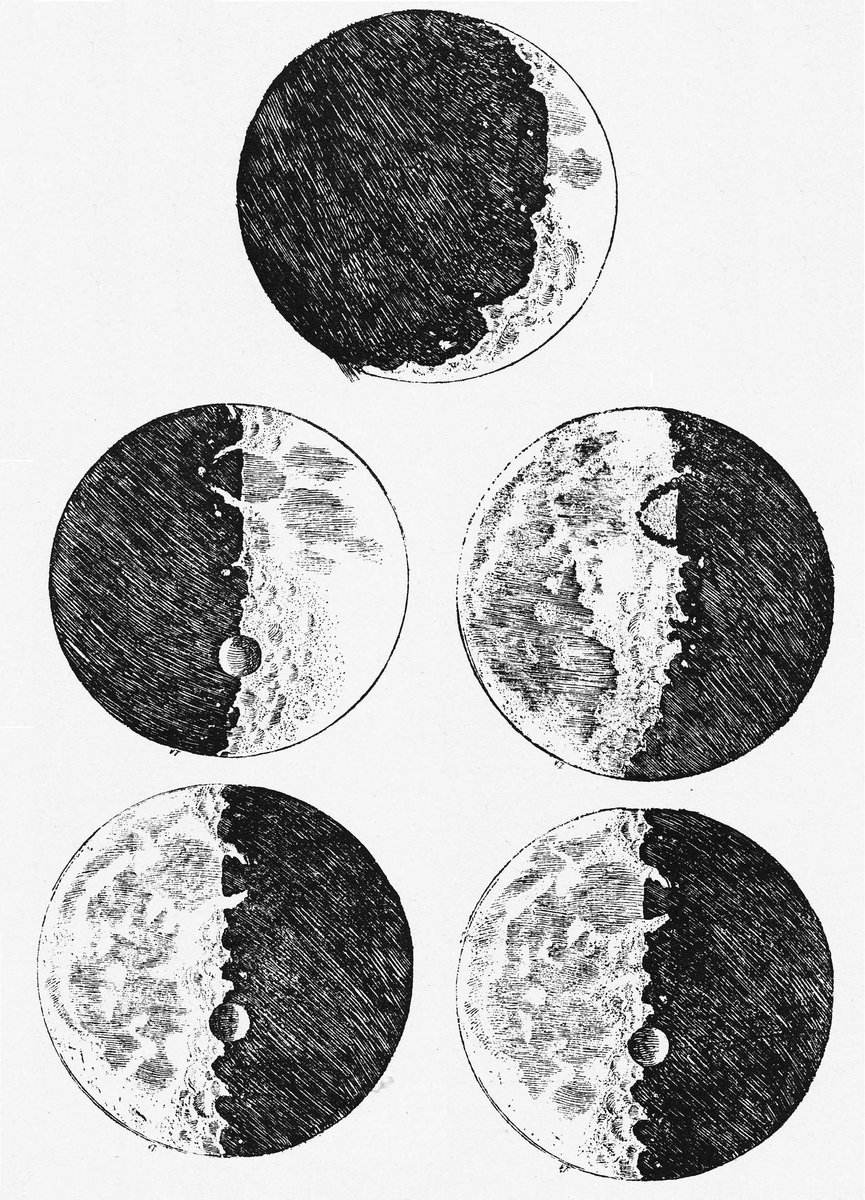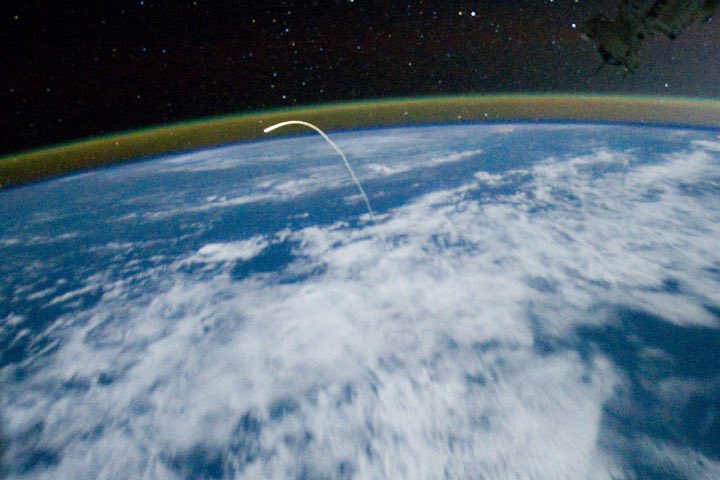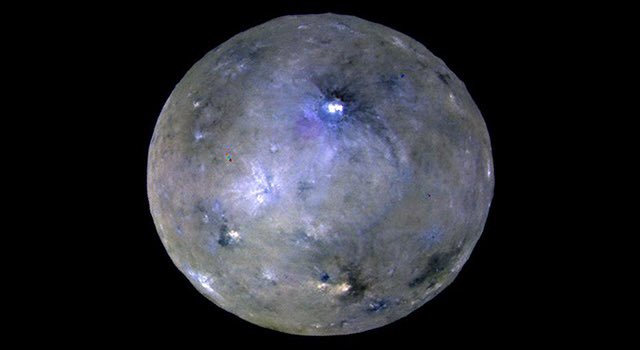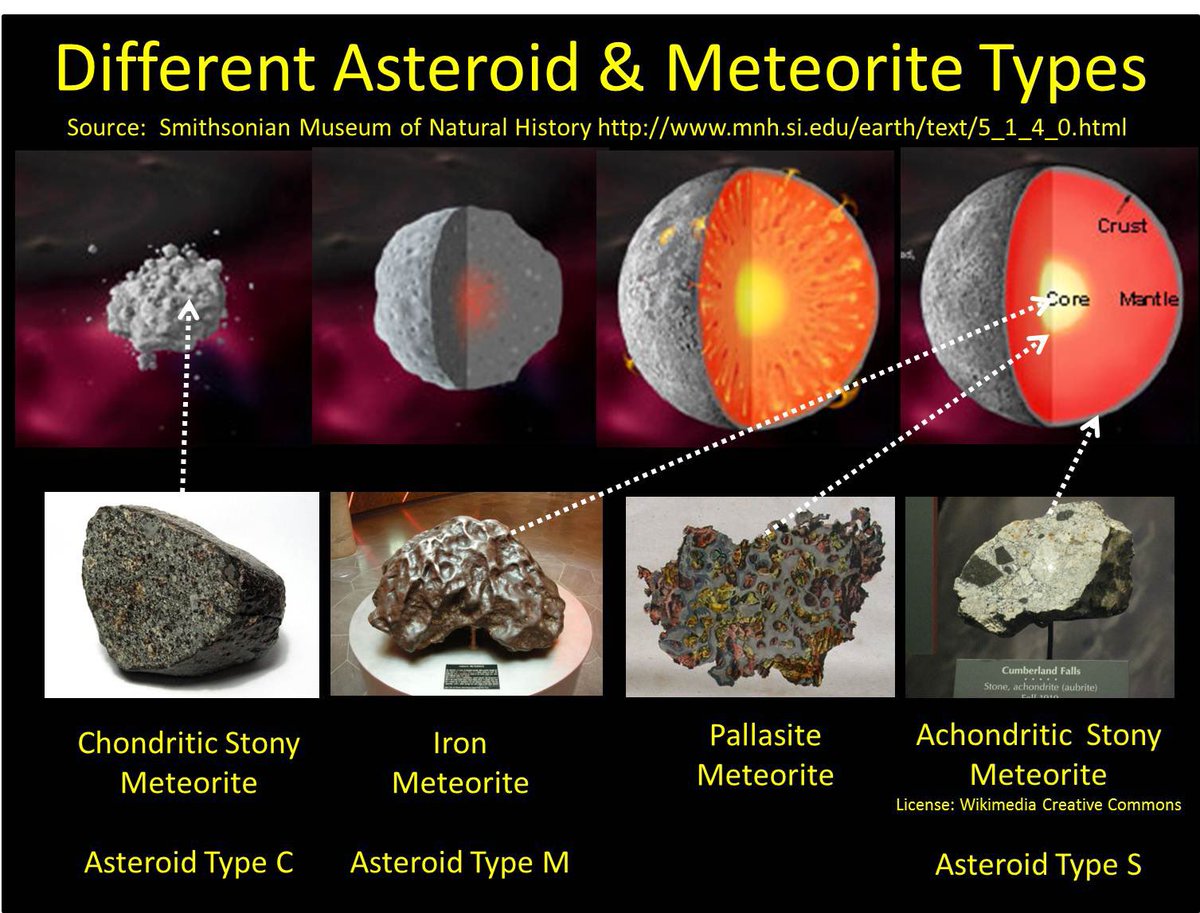The theory the asteroids came from a single broken planet came from Olbers in early 1800s but was quickly rejected since the orbits don’t work. By the late 1800s Kirkwood & others argued this was leftover material that failed to coalesce due to Jupiter’s influence. Then,.../1 https://twitter.com/sulphurcocky1/status/1359940512044654595
2/...by the early 1950s Kuiper & others argued that 2 to 10 round protoplanets (literally “first planets”) formed in that orbit, and some may have collided & broken, but the vast majority of asteroids had accreted directly from dust so were never big enough to be called planets.
3/ There has been a lot of work refining this model since the 1950s but it is still generally the modern view. The asteroids continued colliding, ejecting material, collecting material as “rubble piles”, and a few protoplanets (the original planets[?] in that belt) remain. But...
4/ Since Kuiper’s seminal papers in 1951 & 1953, there hadn’t been a clear definition on “protoplanet” or “planet” for the lower size. Generally, planetary scientists stopped calling the smaller ones “planets” by ~1960. But we kept calling the 4 largest ones “[proto-]planet”.
5/ “Protoplanet” means they were primordial condensates, formed *directly* from the solar nebula rather than subsequent collisions and re-aggregation. But some planetary science papers make it clear they also consider them to be “planets”. But exactly *which* asteroids? How big?
6/ In Kuiper’s 1950s papers, he argued they are “true” planets if gravity became the dominant process during their formation, causing them to have a round shape. Thus, some of the asteroids we still call protoplanets might be too small to be “planets” even by Kuiper’s definition.
7/ The details of planet formation are still being solved. A modern improvement since Kuiper is that, as bodies grow bigger, some achieve the “oligarch” stage. That’s when their local gravity becomes dominant so they grow at a different speed. ( https://www.pnas.org/content/108/48/19165)
8/ This concept of oligarchic grow more or less aligns with Kuiper’s simple distinction between bodies that grow by dominant gravity (“planets”) vs. those that don’t (non-planets). But it doesn’t matter. What matters is: what categories sort the bodies into useful classes NOW?
9/ A retrogressive idea voted by the IAU in 2006 is based on forgetting this history, wrongly thinking the cultural idea of planets came to us from the Copernican Revolution. (It didn’t. It came from 1800s astrology that gradually eclipsed the scientific view. See attachment.)
10/ As stated in that short paper, this left astronomers with the wrong idea that taxonomy has never played a functional role in planetary science, so (UNLIKE WHAT GALILEO DID) we should accommodate culture by picking a definition the public will immediately like and accept. 



11/ Meanwhile, planetary scientists have continued doing science, developing a scientifically meaningful distinction between planets and non-planets that divides them along the lines of modern, reductionist theory. We think Kuiper’s idea was close but needs refinement. Compare:
12/ When we examined how the word “planet” is being used in published science, it doesn’t depend on whether the body reached oligarchic growth stage, but whether or not emergently complex geology “turned-on” in the body’s geophysics. Is it a complex planet, or a static rock?
13/ By this definition, Ceres is definitely an active planet (and is often called that in the literature) while Vesta is borderline (a later collision altered its shape). Pallas & Hygiea—? Having immediate, exact answers to everything is not needed in science, so this is fine!
14/ Just like the definition of stars, bodies reach a certain size so fusion “turns on” making them a star, but borderline cases exist where only deuterium & lithium fusion turns on (not hydrogen fusion) & only for a short while. There is a continuum from “brown dwarfs” to stars.
15/ The existence of borderline cases doesn’t mean the definition of a “star” (as a body that fuses to release energy) isn’t useful in science. It is!!! Just so, the concept of a planet as a body that has emergent geophysical complexity is useful & used in science. In fact,...
16/ ...going back to the Copernican Revolution, we can show this this is exactly the concept of a planet that Galileo discovered when he first looked through a telescope at the Moon, and...
17/...this concept of a planet based on emergence of complexity (geological, chemical, biological, maybe even civilization & technology) is one of the greatest advancements in the entire history of science. It is a key part of the Great Chain of Origins: our place in the cosmos.
18/ To find a simple way to define the “turning on” of active geophysics, it seems that gravitational rounding is an excellent proxy. Rounded bodies appear to be the active ones. This communicates deeply meaningful insight to the public. (Picture: Ceres with its cryovolcanism.)

 Read on Twitter
Read on Twitter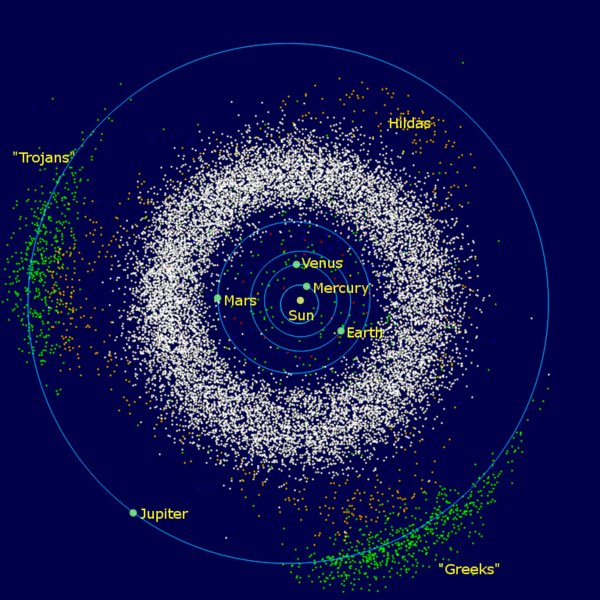
![3/ There has been a lot of work refining this model since the 1950s but it is still generally the modern view. The asteroids continued colliding, ejecting material, collecting material as “rubble piles”, and a few protoplanets (the original planets[?] in that belt) remain. But... 3/ There has been a lot of work refining this model since the 1950s but it is still generally the modern view. The asteroids continued colliding, ejecting material, collecting material as “rubble piles”, and a few protoplanets (the original planets[?] in that belt) remain. But...](https://pbs.twimg.com/media/Et-AwqXXcAMc4r4.jpg)
![4/ Since Kuiper’s seminal papers in 1951 & 1953, there hadn’t been a clear definition on “protoplanet” or “planet” for the lower size. Generally, planetary scientists stopped calling the smaller ones “planets” by ~1960. But we kept calling the 4 largest ones “[proto-]planet”. 4/ Since Kuiper’s seminal papers in 1951 & 1953, there hadn’t been a clear definition on “protoplanet” or “planet” for the lower size. Generally, planetary scientists stopped calling the smaller ones “planets” by ~1960. But we kept calling the 4 largest ones “[proto-]planet”.](https://pbs.twimg.com/media/Et-BwNaXMAArLMB.jpg)
